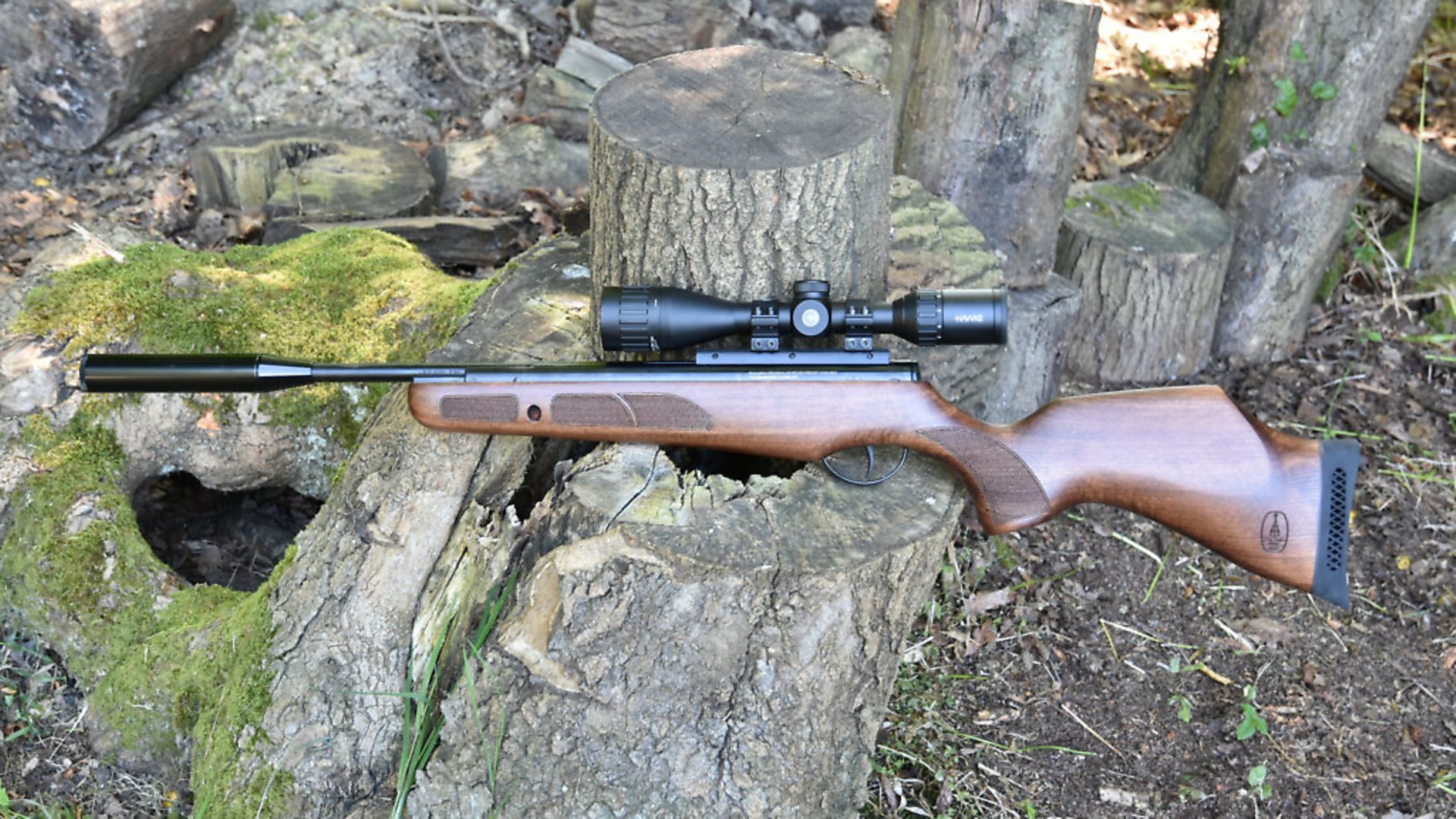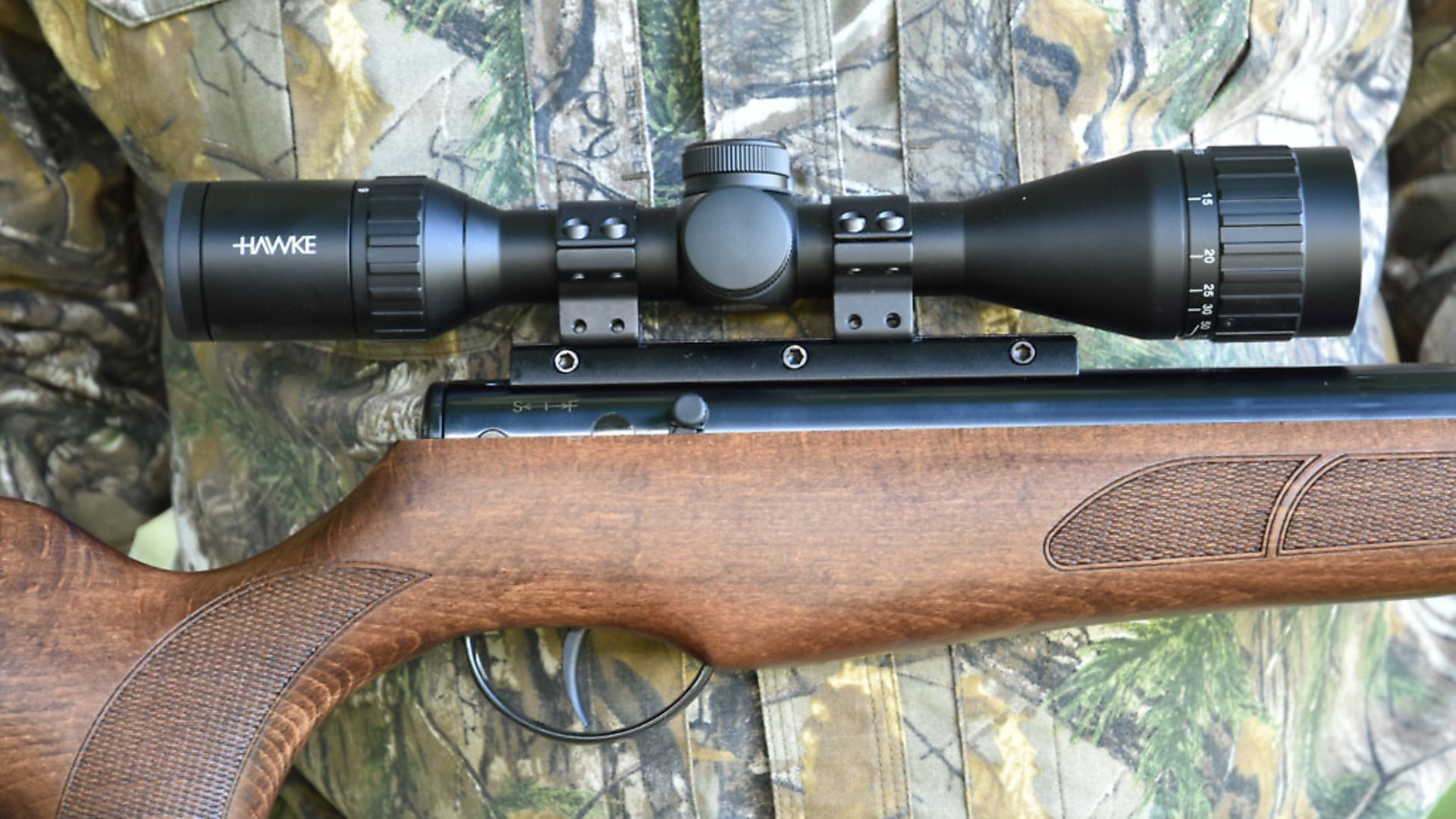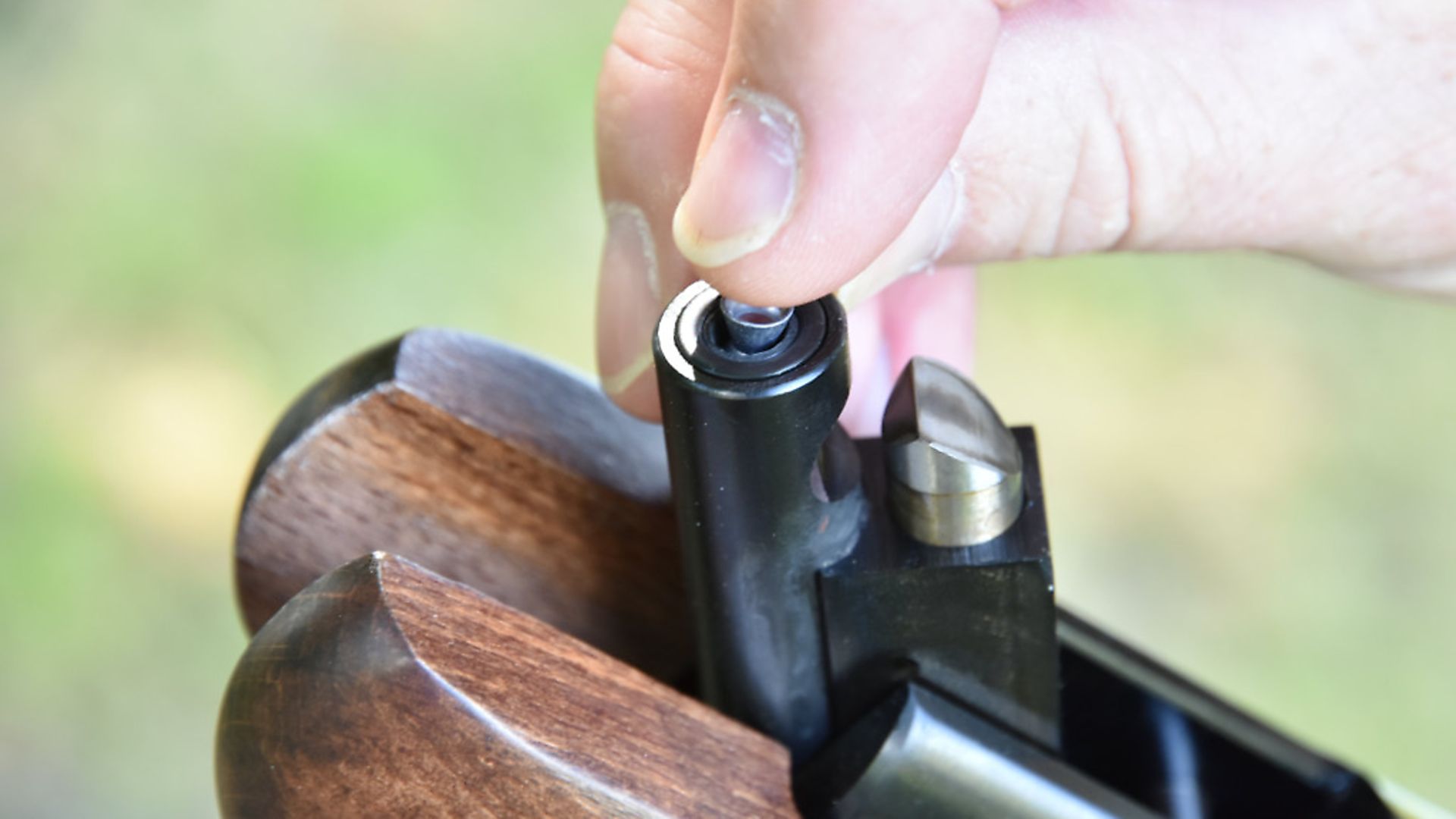The editor looks at a lesser known break-barrel from the BSA springer range
 credit: Archant
credit: Archant
Whenever we run our reader surveys, we get a good number of people asking for more articles on spring-piston rifles, or ‘proper airguns’, as they call them. As clever and varied as pre-charged pneumatic (PCP) rifles are, lots of people don’t like them. Cold, soulless shooting machines, they say! I’ll confess to liking them, but I also have a soft spot for a good old springer as well. I also have a soft spot for BSAs, which were the stuff of dreams when I was a little boy. I had a pal who owned a Meteor before I ever owned an airgun, and the occasional shot he let me take would be the highlight of my week.
BSA has a large range of springers and gas-rams these days, the Lightning XL SE as the flagship, but what about its less well-known stablemate, the Lightning SE? It costs a few pounds less, but mechanically it’s just the same. The action, internals, trigger and even the cold hammer-forged barrel, proudly made in Birmingham, are the same, so what are the differences? The stock is slightly less fancy and it uses BSA’s volumetric silencer rather than the long, full-barrel silencer of the XL, but it’s still a quiet rifle. In terms of performance, it’s no surprise then that they’re identical.
Simply sophisticated
This is about as conventional a springer as you could hope for, and as simple as can be to use. A light tap on the barrel unlocks the breech, after which a good firm pull is needed to cock the action. This is because the barrel has been shortened to make the rifle more compact and manoeuvrable, but even with the silencer fitted it’s just 14” long and so lacks the leverage of longer barrels. As much as it might be basic, it’s clear that some very sophisticated work has been done on the internals. As you pull the barrel down, there are no springy-type noises at all, and it cocks much more like a gas-ram than an old-fashioned rifle. This tells me that spring guides and ‘top hat’ type spacers have been to control the spring’s movement, which is what’s done by tuning companies to make your gun sound and feel better.
On firing I again wondered if this was a gas-ram because it shoots with a smooth, firm thud, again with no spring noise to be felt or heard. It shoots impressively well and feels much more like a tuned rifle than one straight from the box. I’m also guessing that there’s a piston sleeve fitted because there was no dieseling that I could notice at all. Dieseling is caused by over-lubrication or spring grease getting through the cocking slot in the piston and working its way in front of the piston where it ignites in the hot, high-pressure air upon firing.
 credit: Archant
credit: Archant
Consistent
Another clue that there was no dieseling occurring was the consistency from shot to shot. Over 20 shots with Air Arms Field Diablo .22s straight from the tin, I got a low velocity of 566 to a high of 574, and remember that the rifle has only fired about 100 pellets, so was nowhere near run in, which is very impressive and speaks of top-class engineering and correct assembly/lubrication. That velocity means around 11.5 ft.lbs., just about ideal in my eyes. It’s also an accurate springer, which is of course, one of the most important qualities of any gun. At 25 yards I was able to get consistent ½” to ¾” groups, which makes it an honest hunting gun at that range. Correct springer technique was the key to that, alongside proper trigger control.
 credit: Archant
credit: Archant
Adjustable pleasure
The trigger is a two-stage unit and the second stage is pretty heavy and long. This then requires us to separate pressing the trigger from gripping the stock, because like all spring-powered rifles, the Lightning performs most consistently when gripped very lightly. In these days of ridiculous litigation, it’s only to be expected that manufacturers will set their triggers on the heavy side of safe, which is why we buy guns with adjustable triggers. Before we get into this, I have to offer the following advice. If you don’t possess the skills to adjust a mechanism with serious consequences, leave it alone. If you haven’t read the manufacturer’s instruction manual, leave the trigger alone. However, if you have a brain and can take instructions, setting the trigger to a more usable weight isn’t too hard. By simply following the instructions, I was quickly able to set the trigger more to my taste and the rifle immediately became more enjoyable.
This compact yet chunky rifle has the right feel, and shoots well to back that up. It’s a solid choice for the hunter who prefers a break-barrel over an underlever and only needs a scope, mounts and some pellets to be ready to go, and yes, it is a proper airgun!
Specification
Manufacturer: BSA Guns
Web: bsaguns.co.uk
Model: Lightning SE
Type: Spring-piston
Action: Break-barrel
Trigger: Two-stage adjustable
Open sights: None
Safety: Manual
Weight: 6.6lbs (3kg)
Length: 39.5” (100cm)
Stock: Beech ambidextrous
RRP: £290
__________________________________________________
Can a break-barrel be as accurate as an underlever?
Back to basics: Airgun safety
Is buying a complete airgun outfit the best way to go?